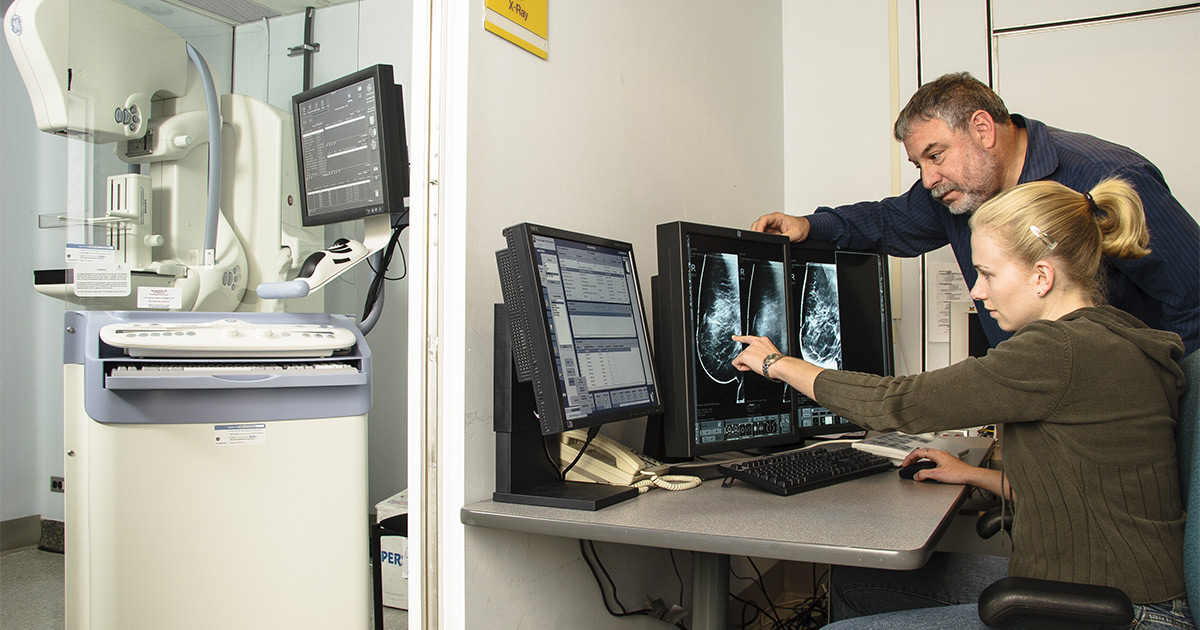TMIST study compares 2-D and 3-D mammography for finding breast cancers
A large, randomized trial to compare two types of digital mammography for breast cancer screening is now open for enrollment in the United States and soon in Canada.
Since 2014, Sunnybrook led a lead-in study of 2,700 women at four sites in Canada. The ECOG-ACRIN Cancer Research Group in the United States is leading the trial, which is enrolling 165,000 healthy women ages 45 to 74 who are already planning to get routine mammograms.
The Tomosynthesis Mammographic Imaging Screening Trial (TMIST) will compare tomosynthesis (also called 3D mammography) and traditional 2D mammography to help researchers learn how to most effectively screen women for breast cancer and help women in the future make informed decisions about the screening tests.
Tomosynthesis is currently used as a diagnostic tool or for further investigation of suspicious masses, but its efficacy for screening has never before been tested.
“Does the 3D technology actually reduce false alarms from screening? Can we find more cancers? Does the 3D technology reduce a woman’s chance of getting advanced and aggressive cancer compared with 2D technology? That is what the TMIST trial aims to find out,” said Dr. Martin Yaffe, senior scientist at Sunnybrook and co-lead of the Canadian lead-in study. “We want to find the cancers that need to be found, so that we can treat those cancers less aggressively. Does the 3D technology help to do that?”
In Canada, the Canadian Clinical Trials Group will coordinate the TMIST trial sites.
You can learn more about the TMIST trial here:
TMIST breast cancer screening trial begins to enroll 165,000 women
Find out more about Sunnybrook’s role in the Canadian lead-in study.






